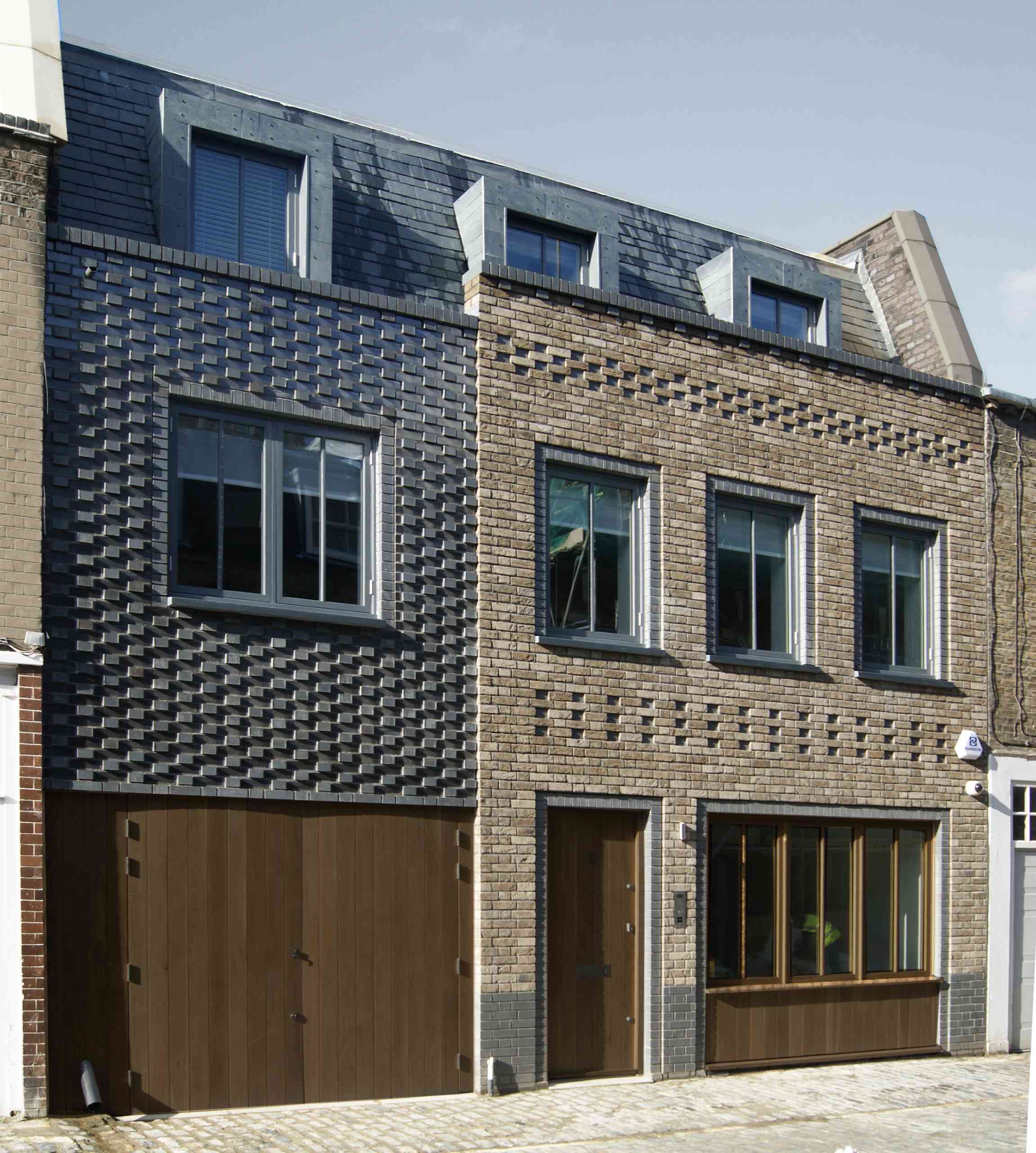Good news, it is possible to convert an office to residential use without needing planning permission. However, there are important exceptions where permitted development rights may not apply in your area or to your property.
Image above by James, architectural designer from Islington South and Finsbury. Click here to see more and shortlist them for your home project.
Class MA explained
Class MA was introduced in 2021 and allows for Class E uses (e.g. offices) to be converted to residential use (C3).
Class MA is officially described as ‘commercial, business and service uses to dwellinghouses’
What’s the maximum floorspace for an office to residential conversion?
The maximum floorspace allowed in class MA is 1,500m2 – which is much more generous that the 150m2 prior to 2021.
Can I convert an office to an House of Multiple Occupancy (HMO)?
No, you cannot convert a office to an HMO under permitted development rules and would therefore require a full planning application.
Office to residential conversion in a conservation area
Good news – if you are in a conservation area, permitted development rights for office to house conversions will still apply to you. However, your prior approval application may be subject to greater scrutiny.
Check for Article 4 directions
You should also check if there are any Article 4 directions in place or if there are any planned. An Article 4 direction is used by a council to remove permitted development rights in a specific area.
Office to residential conversion Prior Approval application
Under the permitted development rules, an office to house conversion will require a prior approval application. This is sometimes described as a ‘light-weight’ planning application.
What’s the difference between a prior approval application and a full planning application?
A prior approval application is more rigid in terms of its grounds for approval or failure. There is much less room for subjectivity and opinion than with a full planning application. This can work in your favour in terms of speed and simplicity, but at other times it might inhibit the design potential. It’s worth having a conversation with your architect about which would be the best route for your project.
Under class MA, the prior approval application cost is £100 per dwelling. If approval has been granted, you have three years to start the work.
Class MA permitted development rules – office to residential conversions
- It applies in England.
- It must be strictly a conversion – no building up or outwards. There will be limitations too on the changes to external appearance – materials, windows, doors etc.
- The office must have been vacant for at least three months prior to the prior approval application.
- The office must have been operating as such (or other use in class E) for a continuous period of at least two years prior to the date of the prior approval application.
- The floorspace of the existing office must not exceed 1,500 square metres.
- It must not be (or be part of site that is):
- of special scientific interest, listed, a scheduled monument, a safety hazard area or military explosives storage area;
- an area of outstanding natural beauty, identified as part of the Wildlife and Countryside Act, within the Broads, National Park or a World Heritage Site.
- The prior approval application must meet certain criteria to be approved, for example:
- minimum space standards and light in habitable rooms;
- transport impacts, flood risks, contamination risks, noise impacts, impacts on the conservation area (where relevant), impact in relation to industry, waste management, storage, mixing uses, loss of certain services (nurseries, health centres), impact of local provision of the services lost.
The above is a simplification of the complex legislation and so should be used as an initial guide for further investigation.
Check with an architect
Before proceeding with a purchase for a non-residential building with an intention to convert it to a house, it’s always worthwhile asking an architect to undertake a feasibility study. As part of this, they can find out what permissions will be required, help you understand what the restraints and opportunities of the site will be, and begin to explore the design potential for your new home.
Get a good architect on your side
It’s really worthwhile finding the right architect to help you through this planning phase of your project. Here at Design for Me we can match you with the best home architects for your project and arrange initial consultations for free. Use the form below to get started and we’ll be happy to help find the right person for you!


